Are you living in Florida and looking for the best Florida grass for your lawn? Well, while there are endless grass options out there, you must know the best ones that will suit the climate and landscape. Knowing this will help you make an informed decision that will keep your lawn looking lush all year.
So, if you are looking for various types of Florida grass, you are in the right place. Here is a complete resource guide for you to make an informed decision.
The Climate Challenges in Florida
Before we offer you the various grass options, you must understand the climate challenges of Florida. Because of these challenges, you will have limited options to choose from. That is because the climate of Florida brings significant rain, hurricanes, heat, and humidity.
Another thing to keep in mind is that you live near the coast. Because of this, your soil will be saline, i.e., high in salty content. A good Florida grass must survive and thrive in these climate challenges for a long time.
Our experts have taken these challenges into account before devising this resource guide for you. You will find that all our grass options will survive the climate challenges of Florida and thrive.
Types of Florida Grass For Your Home
Here are the top types of Florida grass you can include in your home:
1. Stenotaphrum Secundatum (St. Augustine Grass)
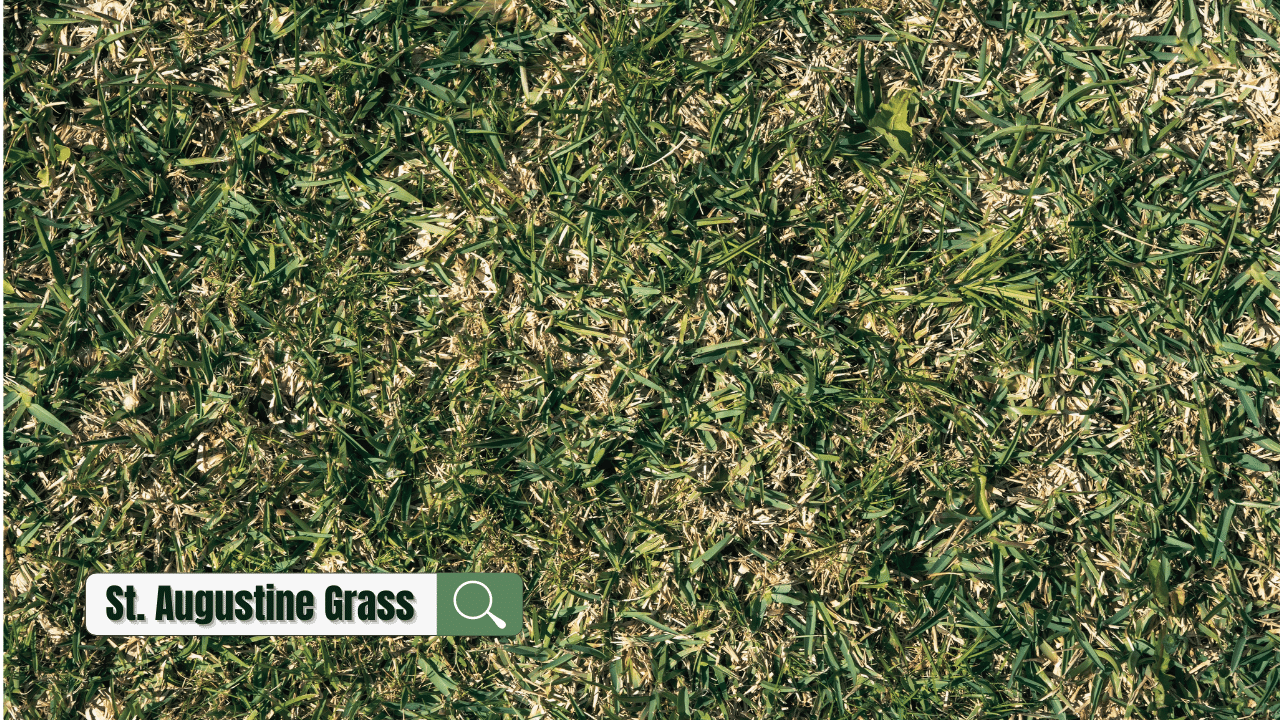
Planting Method |
|---|
Seeds are rare. You must use sod, sprigs, or plugs |
Mowing Height |
|---|
3.5 to 4 inches |
Ideal Soil Type |
|---|
St. Augustine can grow in many soil types, but the pH must be between 5 and 8.5 |
St. Augustine is one of the most popular Florida grasses you will find in the city. Many home lawns in Florida have St. Augustine as it adapts to the climate and the soil in the best way possible. The grass can adapt to subtropical, humid, and warm regions worldwide.
St. Augustine loves the heat, it can tolerate significant levels of salt, and it is drought-resistant. Because of these features, it is the top choice for Florida homes and lawns. When you water this grass well, you will get a thick turf layer filled with broad flat grass blades.
The grass will also establish efficiently and quickly in any soil type. It will also produce above-ground runners that will help the grass to grow and spread. However, many Florida people also don’t like this grass because it is a task to cut.
The cutting day is the most dreadful, and it comes often because St. Augustine thrives in Florida, which makes it grow and spread quickly. The grass will also not do well if there is a consistent shade or cold temperatures. St. Augustine is also susceptible to common pests such as chinch bugs and the SAD virus.
2. Paspalum Notatum (Bahiagrass)
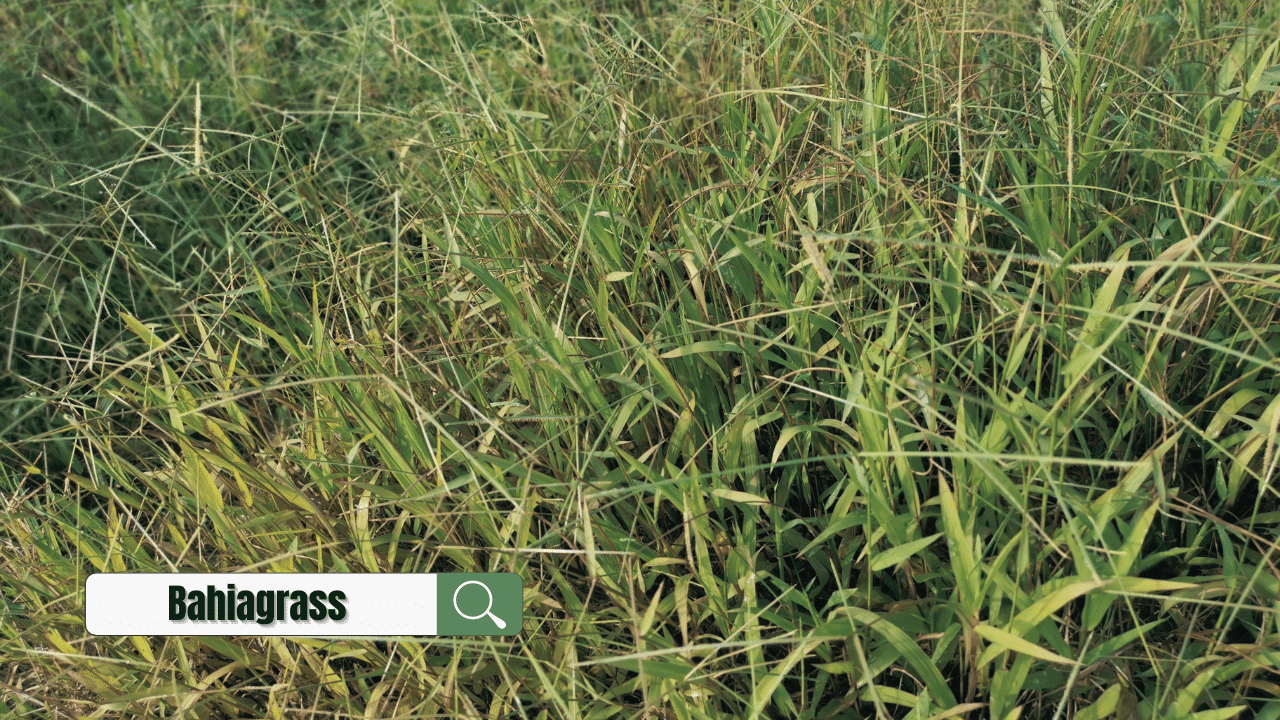
Planting Method |
|---|
Seeds |
Mowing Height |
|---|
3 to 4 inches |
Ideal Soil Type |
|---|
Grows best with low pH and a sandy soil |
We love Bahiagrass because we feel that this grass and Florida are a match made in heaven. The Florida grass is highly popular in the region as it is resistant to cold temperatures, stress, drought, sun, and much more. Because of these features, it will survive and thrive in Florida for a long time.
The grass will thrive in a dry and hot climate with sandy soil. Keep in mind that Bahiagrass does not require a lot of irrigation or fertilizer to grow well. That is why it is an ideal choice for large Florida homes that have lots of acres.
Besides that, if your property has little to no irrigation, even then, the Bahiagrass is ideal. If Florida is going through an extended drought, Bahiagrass will go dormant until the conditions are better for regrowth. The Pensacola Bahiagrass is the most common Florida grass.
That is because the Pensacola Bahiagrass is resistant to cold temperatures and stress than any other type. Of course, there are challenges with this grass, too, that you must understand. For example, Bahiagrass is sensitive to overwatering and has unattractive seed heads.
Besides that, the grass will grow poor in shaded areas, and it can be vulnerable to weeds. That is why you will have to mow it every week to keep it thriving and fresh. Once you do, it will grow beautifully on your lawn.
3. Cynodon Dactylon (Bermuda Grass)
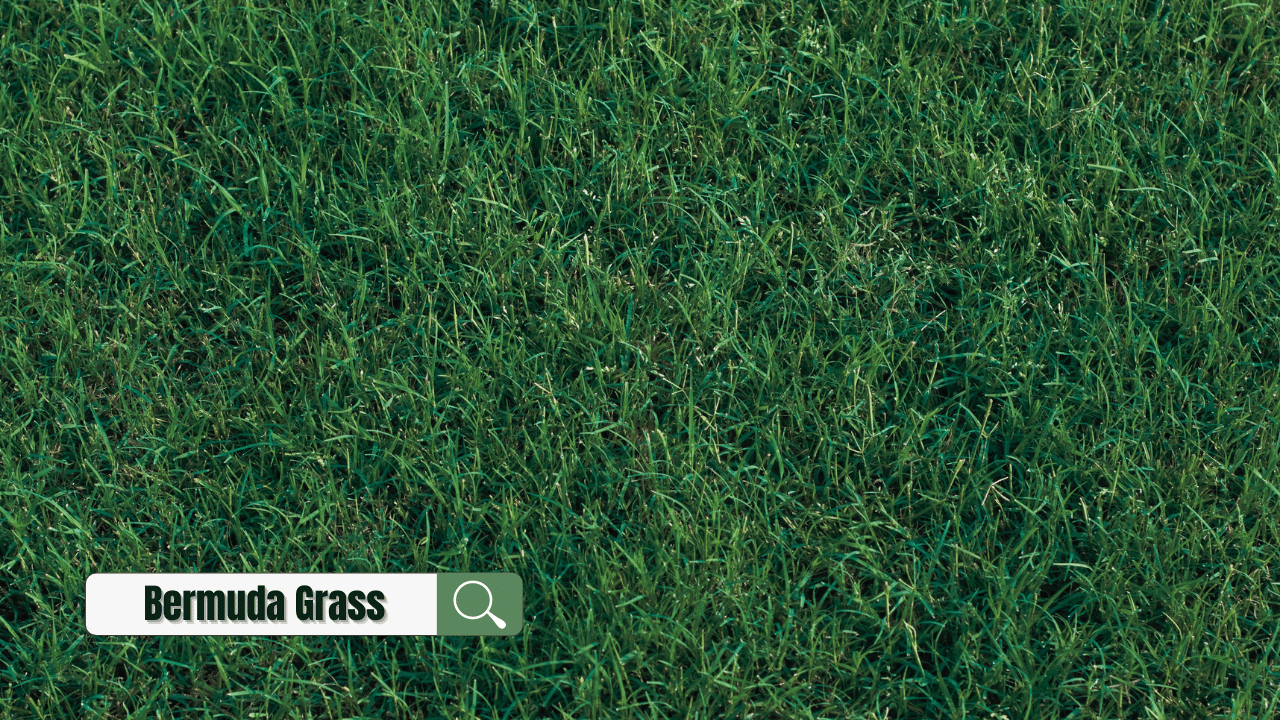
Planting Method |
|---|
Sprigs or seed |
Mowing Height |
|---|
0.5 to 2 inches |
Ideal Soil Type |
|---|
It can easily grow in many soil types |
The gorgeous Florida grass has a unique color you will not find anywhere else as it looks a mix of deep green and grey. The blades of this grass are short, but they have long and rough edges. The grass is also great for Florida because it has deep roots, making it drought-resistant, weed-resistant, and high-traffic resistant.
That is why you will notice that many sports fields and golf courses have Bermuda grass. It can put up with many things and still look beautiful because it will not wear down easily. The grass grows quickly, and you don't need to do much to make it look beautiful.
However, one thing you must know is that the Bermuda grass has a highly invasive nature. That is why many homeowners avoid this grass because they don’t have the space to accommodate its significant growth with time. Many homeowners call it the devil’s grass.
The Florida grass is sensitive to shade, pests, and cold temperatures. If you want to maintain its appearance, you can water it each week and do regular maintenance. You will notice the best results once you follow these guidelines. (Related: St. Augustine vs Bermuda Grass: Which is Better?)
4. Zoysia Grass
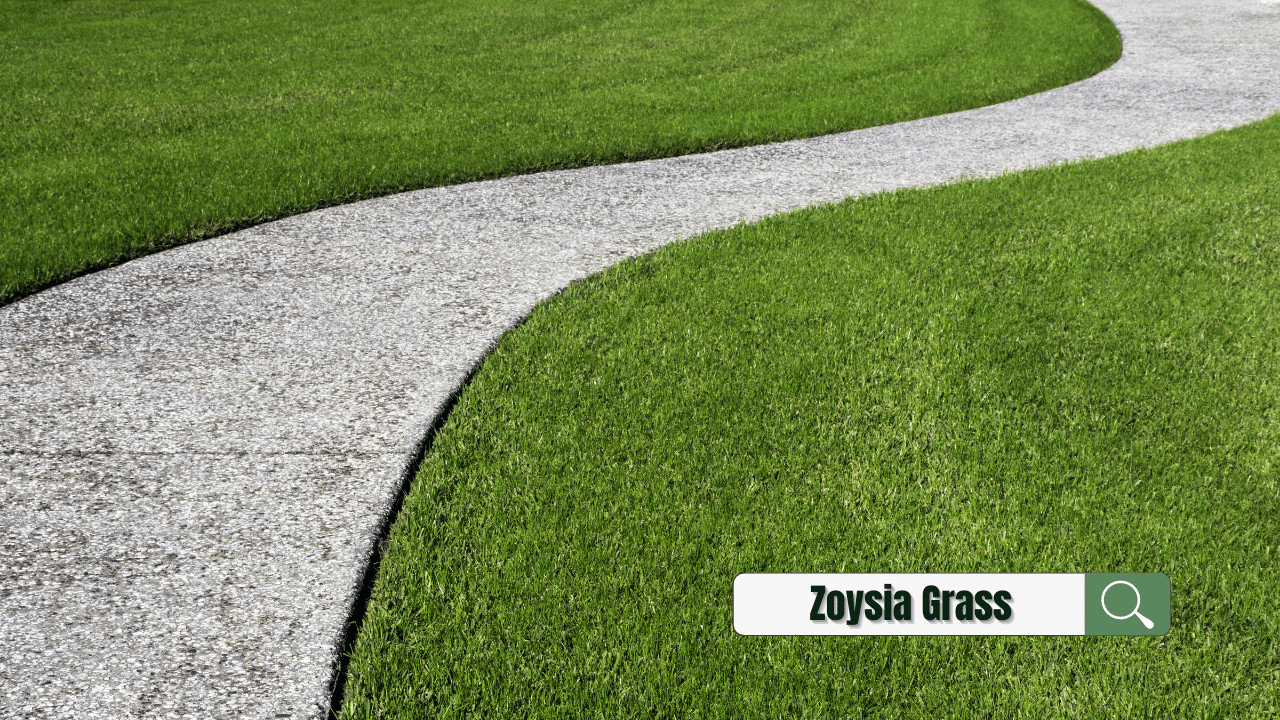
Planting Method |
|---|
Plugs, sod, or seeds |
Mowing Height |
|---|
1 to 2 inches |
Ideal Soil Type |
|---|
It can adapt to many soil types, but it will thrive in soils that are low in potassium |
If you have never seen or Zoysia Grass, you are missing out on one of the best grasses out there. The Florida grass has a deep and dark green color that will make it look beautiful and rich. The grass is turf-like, and it also has stiff lead blades.
The best part about Zoysia grass is that it can handle an insane amount of traffic, which is why many coastal areas and golf courses will have this grass. It also grows well in the sun, so it is an ideal choice for Florida homeowners. This grass's disease and drought tolerance levels are also good, but they are not the best.
You will also notice that Zoysia is the most low-maintenance Florida grass out there as compared to others. The grass requires little fertilizer and water to survive and thrive in any area. The dense turf of the grass also makes it less vulnerable to weeding issues and problems.
Zoysia grass goes dormant when there is frost, but it will resume growing once the soil returns to a temperature of seventy degrees. If you don't have much time to maintain your lawn and need the best Florida grass, Zoysia is ideal. It will look great without much effort and time on your part.
5. Eremochloa Ophiuroides (Centipede Grass)
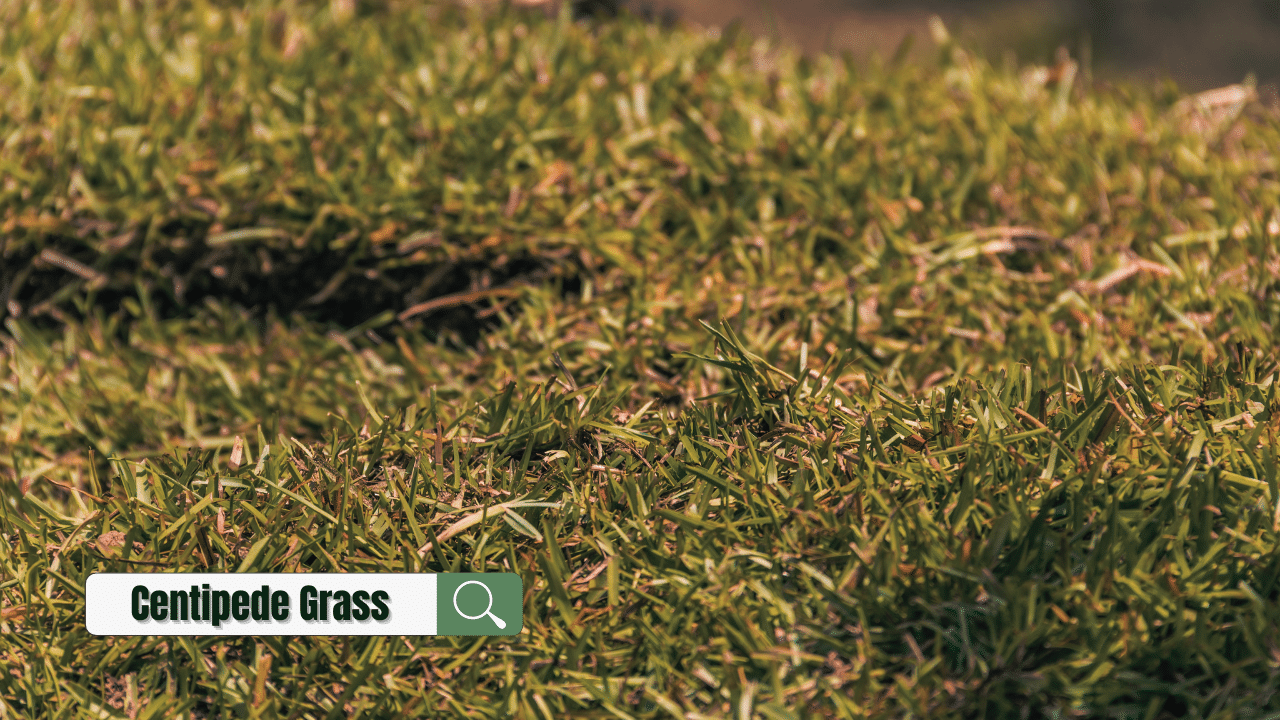
Planting Method |
|---|
Seeds |
Mowing Height |
|---|
1.5 to 2 inches |
Ideal Soil Type |
|---|
Will grow best in mildly acidic and sandy soils. The ideal pH level of this grass is between 5 and 6 |
Another low-maintenance Florida grass is Centipede grass for homeowners. The color is light green, and you will not have to mow it too much to keep it looking beautiful and fresh. The best part is that the centipede grass will grow best in the sun, shade, and cool temperatures.
All you have to do is use a little fertilizer to keep the grass looking its best at all times. You will also notice that this grass grows more slowly than other types. Because of this, you will not have to worry about the grass growing rapidly and taking up space on your entire lawn area.
While you may think that this is the best Florida grass for you, some challenges come with it. For example, the grass will not handle a high level of salt or traffic. That is why it is not the ideal choice for sports centers or golf courses.
Besides that, centipede grass is also susceptible to ground pearls and nematodes. It will also go dormant if there is an extended drought, but it will grow again without any issues. So, be sure to think about this or talk to a grass expert before adding this to your lawn.
6. Bouteloua Dactyloides (Buffalo Grass)

Planting Method |
|---|
You have to seed numerous runners to create a tight sod |
Mowing Height |
|---|
1.5 to 3 inches |
Ideal Soil Type |
|---|
Will grow well in many types of soil pH |
Finally, we have Buffalo grass as the final Florida grass you can grow in your home or other areas. The Florida grass offers a unique green-blue color that includes curling leaf blades. The best part about this grass is that it will easily grow in many various types of soil and tolerate high temperatures.
We all know that freezing or colder temperatures are rare in Florida, which is why this grass will stay green all year without you doing anything. Regular care and maintenance will keep it looking great the entire year. However, some challenges come with Buffalo grass.
For example, Buffalo grass does not tolerate shade, and it is not suitable for areas with high foot traffic. Because of this, the grass is not great for golf courses and other busy areas. On the other hand, the grass is also sensitive to watering, and overwatering can weaken the grass, which will leave it prone to illness and diseases.
The grass is also susceptible to weeding. However, as long as you take care of this Florida grass in a suitable manner, it will grow well and thrive in your home. The unique color will also add an aesthetic touch to your home lawn.
Expert Maintenance Tips for Your Florida Grass and Lawn
Now that you are familiar with all the Florida grasses that will grow great in your home, your duty doesn't stop there. If you want your lawn to look best for a long time, you will have to care for it expertly. You must incorporate a few tips and tricks to keep your lawn looking great all year.
Here are the top expert maintenance tips you must apply to your Florida grass and lawn:
Final Words
That was your complete resource guide to understanding the best types of Florida grass and how to take care of it. If you are looking for excellent grass, be sure to consider all these options before you make an informed decision. Once you do, you will have the best grass for your lawn that will make your home look beautiful and lush in no time.
